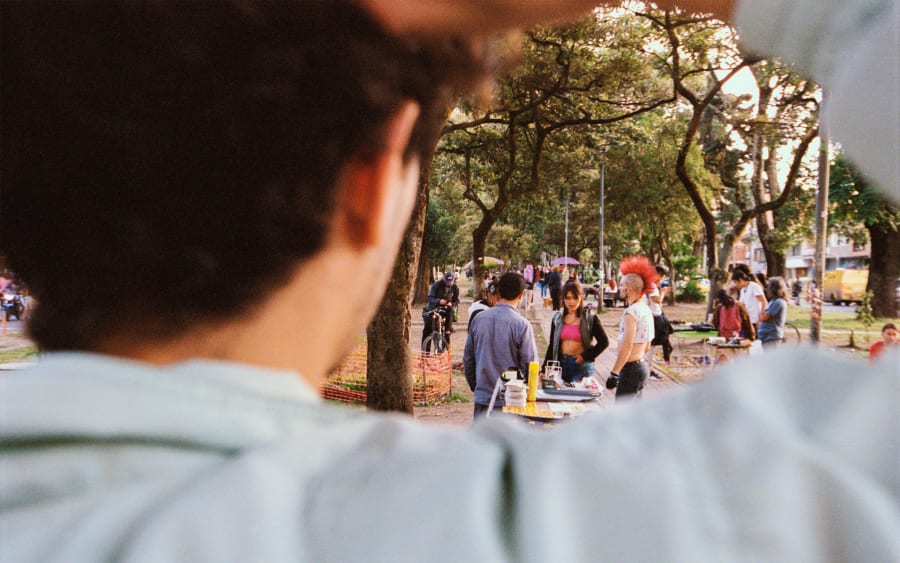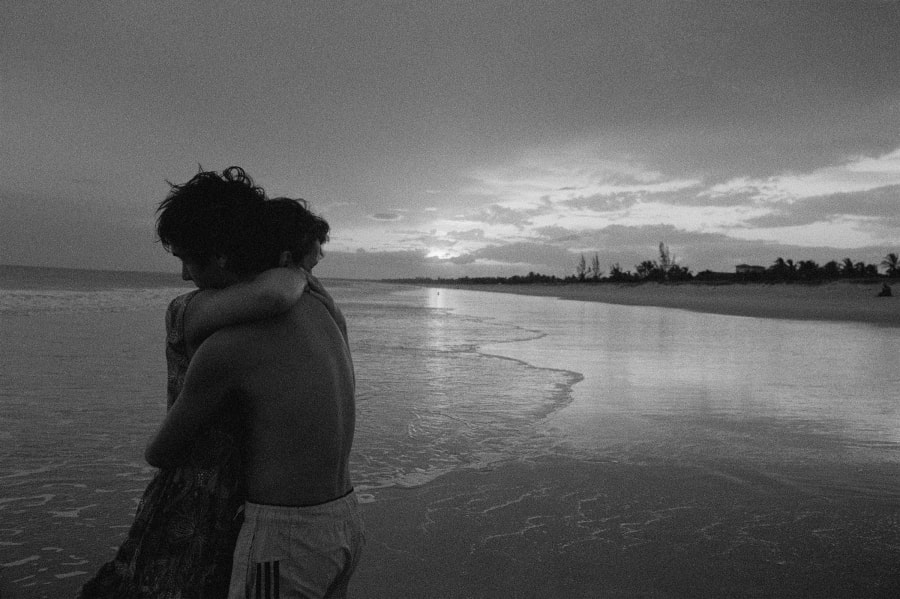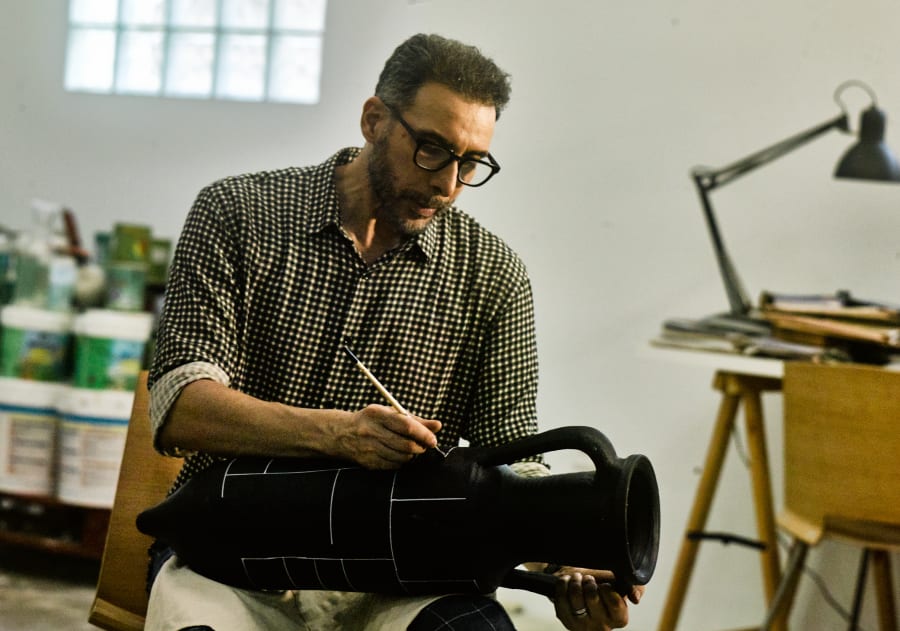When Madrid’s iconic art dealer Juana de Aizpuru announced the closure of her gallery last autumn, she broke several hearts. After five decades in the business, she is part of a generation of women – alongside the likes of gallerists Helga de Alvear and Elvira González – who, for years defined the Madrid art scene. Now aged 90, Aizpuru was also the first director of the city’s homegrown art fair ARCO. She opened her current gallery in 1983, buoyed by the explosive energy of the movida madrileña – a cultural revolution that followed the end of Franco’s dictatorship – and witnessed the nation’s transition to democracy.
Almost half a century later, the Spanish capital is living through another kind of transformation and becoming an increasingly vibrant international hub. The Economist notes that Madrid’s foreign population has grown 20% since 2016. Many new residents come from Latin America, with the government offering tax offsets and residency to people investing in the city. With relatively strong growth in Spain’s art sales, more and more international collectors, galleries, and private foundations have set their eyes on Madrid. Luxury tourism is also booming, with hotels like the Four Seasons, Mandarin Oriental Ritz, Rosewood Villa Magna, Edition, and JW Marriott all opening within the last 4 years; the city is now fully equipped to attract visitors with big spending power.
Soon after Aizpuru’s announcement, her archive was purchased by the Museo Nacional Centro de Arte Reina Sofía – one of the first acts by its new director Manuel Segade, who commenced his duties last September. Worth EUR 96,800, the cache includes photographs, leaflets, press cuttings, and other historic documents from the 1970s onwards that offer invaluable insight into the Spanish art world during these decades.
For Segade, the Modern and contemporary art museum is a fitting heir to Aizpuru’s legacy. At the time of the purchase, he said the institution was indebted to the gallerist, describing her as a pioneer not just in the creation of Spain’s art market but in ways of exhibiting art. Meeting me in his new office, the director also tells me about his vision for the institution’s future, which is built on interrogations of class, gender, sexuality, race, and empire. The art historian from Galicia promises a greater presence of Queer voices and representatives from Global South countries impacted by Spanish colonialism, as well as to pay closer attention to Spain’s own migrant and multiethnic communities. He also wants to highlight connections between art and pop culture – citing musicians like Rosalía, Arca and C. Tangana, who are already doing so through their collaborations with contemporary artists and dancers – and intends to increase the museum’s collection of performance works.
Segade is not afraid of being provocative. What is more, he believes his desire for a ‘radical imagination’ is part of a characteristically Spanish tradition of politically and socially engaged art. After all, he adds, one of the main purposes of the Reina Sofia’s formation in 1990 was to house Guernica (1937) following its return to Spain from its four-decade exile, cast off by the fascist regime that gripped the country after the civil war.
Following my interview with Segade, I stand before Picasso’s monumental anti-war masterpiece, deeply touched by its enduring relevance. He painted it days after the Basque city (and the work’s namesake) was bombed by Nazi warplanes, killing over 1,600 people, according to the Basque government at the time. The painting’s message of protest has been evoked during various other bombardments during our time: Vietnam, Iraq – and now Gaza. In recent weeks, pro-Palestine activists have staged protests at the Reina Sofia calling for a ceasefire; Segade says that if museums provide the site for such actions, ‘it means they are still relevant.’
Segade’s appointment and Aizpuru’s departure confirm change is in the air in Madrid. While the city bids farewell to one of its longest-standing art dealers, it has also been welcoming new arrivals from abroad: Berlin’s carlier gebauer opened its Madrid space 5 years ago; Mexican gallerist Hilario Galguera opened in 2022, with London’s Opera Gallery, Havana’s El Apartamento, and Lisbon’s Pedro Cera following last year. Cera, whose gallery is now 25 years old, has always had a close relationship with Madrid and is optimistic about its increasing internationalization. ‘Spain also has many more regional museums than Portugal,’ he adds. ‘Their programs and collections offer greater opportunities for artists.’
Other homegrown galleries, meanwhile, have also been evolving. After 15 years at its original spot, Maisterravalbuena moved to a new, larger space last year. The gallery has been committed to local talent since its early days, representing Madrid artists including Antonio Ballester Moreno, Regina de Miguel, and – more recently – Jacobo Castellano. Director Pedro Maisterra says that Madrid’s culture and way of life are inextricable from its draw as an art market hub: collectors know they will eat and drink well here, and will get to enjoy the city in a more relaxed way, perhaps, than elsewhere.
Eva Albarrán and Christian Bourdais set up their gallery here 6 years ago because they sensed growth and change. ‘A very provincial city has turned into a super international one,’ Bourdais tells me, as the gallery prepares to open a solo show by Pedro Cabrita Reis. The couple also runs an artistic production company in Paris specializing in art, heritage, and urbanism projects for the public realm. They speak of the synergies between the two ventures: many of the gallery’s artists, including Christian Boltanski and Felice Varini, had previously worked with the Paris company. But a key advantage of the gallery’s Madrid location is the breathing space that the city provides, compared to its global counterparts. ‘Madrid allows you to consolidate and build something solid,’ says Albarrán.
Located in the Salesas neighborhood, Albarrán Bourdais is part of a cluster of galleries in this central part of town, including Galería Elba Benítez, Travesía Cuatro, Nogueras Blanchard, and Galería Ehrhardt Flórez; also nearby are Galería Elvira González and Marlborough. But increasing attention is shifting towards Carabanchel, an alternative, working-class neighborhood southwest of the Manzanares river, where garages, warehouses, and other industrial spaces – many left disused by dwindling sectors like textiles and printing – have been converted into studios, workshops, and exhibition spaces. The first major gallerist to open here was Sabrina Amrani, adding to her original spot in the city center. Newer arrivals include Belmonte, Wadström Tönnheim, and La Oficina, while Instagram-savvy Veta has been attracting hip, young crowds.
Architectonically, the dimensions of Carabanchel’s spaces allow for a different scale of operation. ‘Many of our artists were showing large-scale works in museums and biennials, so we needed a space to show them in Madrid,’ Amrani tells me over lunch at her local Ecuadorian restaurant. Since opening her second gallery in 2019, her overall visits have increased by 270%. ‘We now have more visits in Carabanchel than downtown,’ she says.
Veta, meanwhile, hosts residencies for international artists in its on-site workshops; director Fer Francés says this kind of space would be impossible in the city center. Affordable rent prices in the neighborhood also mean it has long been home to artists and creative communities – and the trend continues to grow. Cuban artist Carlos Garaicoa – who has lived in Madrid since 2007 and is currently exhibiting at Galería Elba Benítez – moved his studio to Carabanchel 2 years ago; Abraham Lacalle and Timothy Hyunsoo Lee also work in the district, as does Carlos Aires, who started a collective studio for artists called Mala Fama.
Artist-led creation spaces were scarce when Aires bought a whole floor of a disused printing press, 7 years ago. He designed it with individual studios for five practitioners, including himself. ‘Various people share the costs, and the spaces are wonderful,’ he says, while showing me pieces he is preparing for ARCO and Art Basel Hong Kong. ‘This could have been a co-working office and made lots more money – but my idea was to generate an artistic community.’ CasaBanchel and Nave Oporto nearby are also production space for artists but include public programs.
Spanish collector Juan Várez owns works ranging from 16th-century drawings to contemporary pieces by Mexico’s Gabriel Orozco, Peru’s David Zink Yi, and Spain’s Mateo Maté – and like many in Madrid’s art world, he says the city’s most transformative phenomenon today is the presence of Latin American collectors, gallerists, and artists. ‘They’re bringing new ingredients,’ he says, ‘and I’m discovering new things through their eyes.’ Among them is the Venezuelan art patron Juan Carlos Maldonado, based between Miami and Madrid; his foundation specializes in geometric abstraction, and pieces by Latin American Modern masters decorate his residence in the Salamanca neighborhood.
Travesía Cuatro, a gallery with spaces in Madrid and Mexico City, was ahead of the game, with decades of experience promoting exchange between the two parts of the world. Its directors Inés López Quesada and Silvia Ortiz say the relationships they have held for years on the other side of the pond are now deepening through increased interest in Spain. ‘We can’t define Spanish contemporary art without thinking about Latin America,’ asserts the Reina Sofia’s new director, ‘because of obvious colonial reasons but also because of fluid population movement today.’ ‘Some of the most important Latin American artists are based in Madrid,’ he adds, mentioning the Mexican Teresa Margolles and Venezuelan Alexander Apóstol.
The city’s draw for some of Europe’s leading philanthropists is clear too: Francesca Thyssen-Bornemisza established TBA21’s presence here with a first exhibition, 'Purple' by John Akomfrah, in 2018. Since 2022, the foundation is headquartered in Spain, where it produces two exhibitions per year. Patrizia Sandretto Re Rebaudengo, for her part, set up a nomadic model, staging annual exhibitions in unusual locations around town – this year, an installation by Precious Okoyomon in a space in Retiro Park that has been closed for 30 years. The Turin-based collector says Madrid is full of secret places, unknown to even locals and not normally used for displaying art – testament to the appeal of its diverse landscape. ‘It is a city where the local and global meet,’ she says, ‘and where the natural and urban coexist.’
Agnish Ray is a writer and arts consultant based in Madrid. He covers culture, travel and gastronomy in Spain for publications including The Guardian, The Telegraph, The Times, Financial Times, Condé Nast Traveller, Elephant, Wallpaper* and Kinfolk. He provides strategic consultancy services for arts and culture organizations around the world and teaches at IE School of Architecture and Design, Madrid.
Caption for top image: View of Madrid. © PromoMadrid. Photograph by Max Alexander, licensed under CC BY-SA 2.0.
Published on March 4, 2024.


